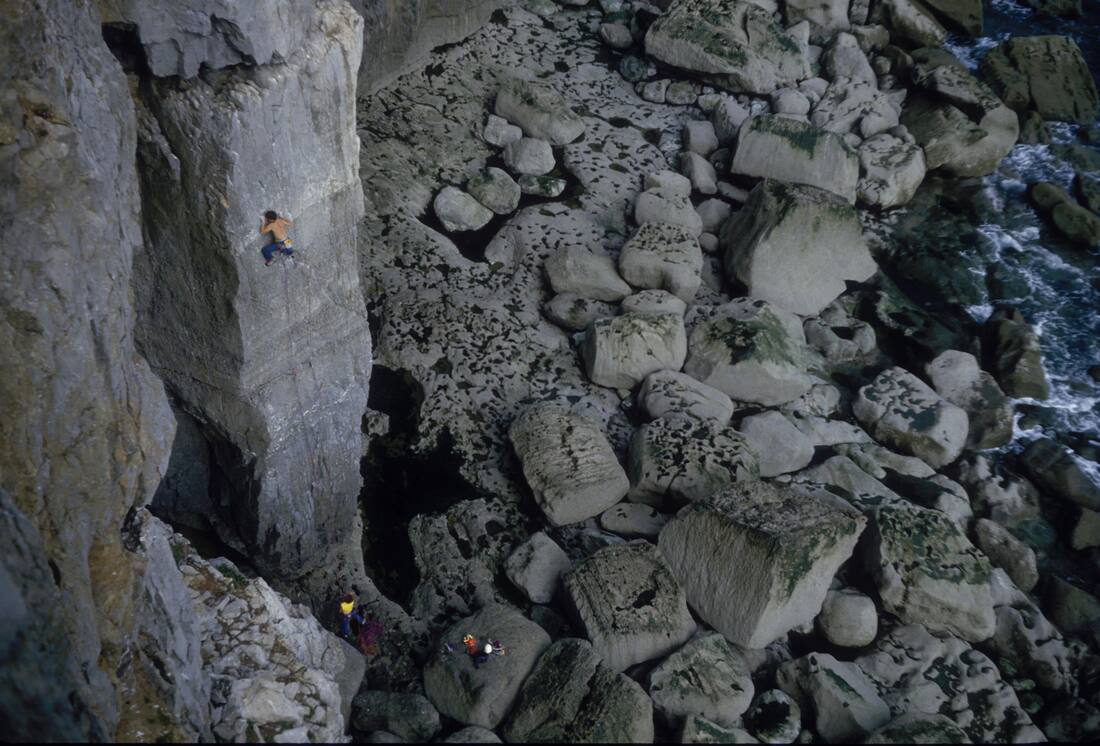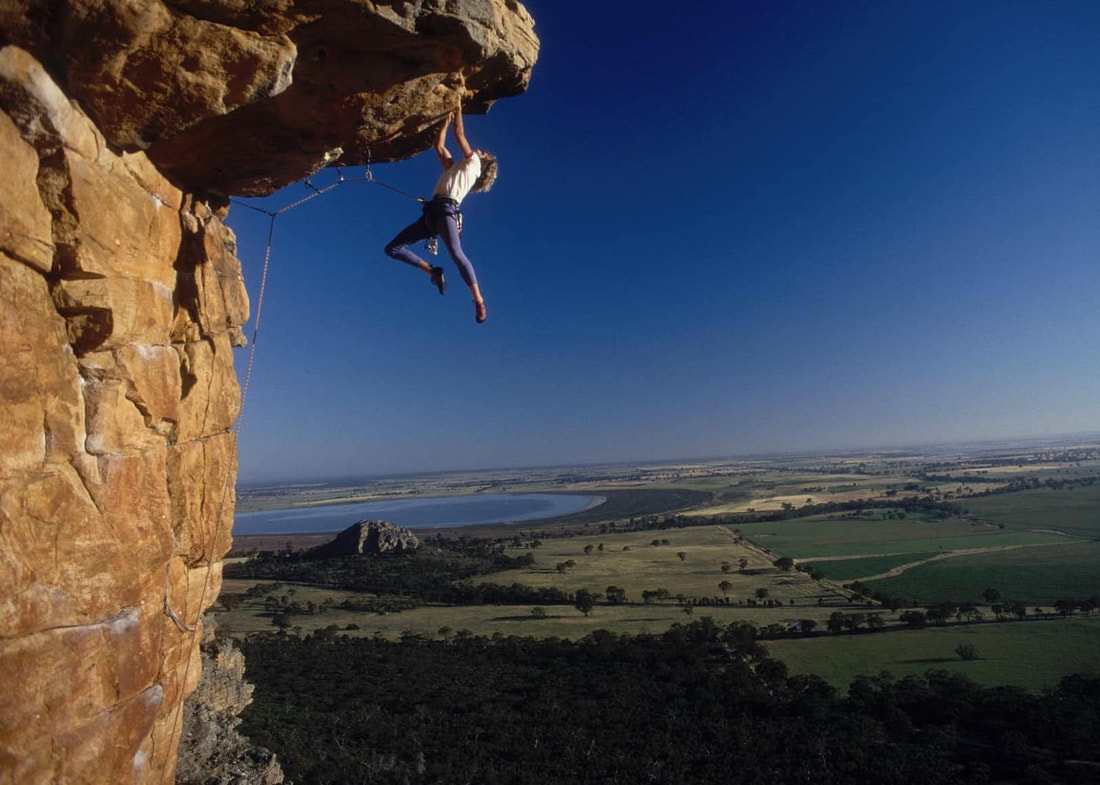Photo Credit: Phillip Booth
EDITOR'S NOTE: CoVID-19 is a worldwide pandemic affecting climbers and climbing areas from sea to sea. As part of this helpful article by climbing physician Dr. Julian Saunders, we share photos of iconic climbs and photographers from around the world, demonstrating how we are all in this together.
EDITOR'S NOTE: CoVID-19 is a worldwide pandemic affecting climbers and climbing areas from sea to sea. As part of this helpful article by climbing physician Dr. Julian Saunders, we share photos of iconic climbs and photographers from around the world, demonstrating how we are all in this together.
I am no expert on the finer points of juggling economic considerations and pandemic health policy, but different countries, and even states within a country, are implementing entirely different management strategies, to the point where the best course of action can feel like anybody’s guess. The immediate question for climbers is whether they can continue to climb in the current environment, and how to minimize the chance of contracting or spreading the coronavirus.
Gyms are not ideal: Think cesspool. In many places they are no longer an option since all gyms have been ordered closed. That’s good, because the combination of congregating and sharing surfaces (holds) is a worst-case situation.
Climbing outside is less risky, due to lower volumes of people—unless there’s a mob scene, as has happened at certain crags in the United States—and fewer common surfaces to touch, but isn’t without risk and climbers who continue to go to busy crags are being irresponsible.
Bear in mind that most climbers are in what the Center for Disease Control currently notes as the low-risk category for serious illness: young and fit nonsmokers with no comorbidities such as diabetes, cancer or obesity. The greater risk for climbers is taking the virus home and infecting someone in a higher-risk category, such as your parents or grandparents, or a friend with asthma. Taking care not to transmit the virus to the more susceptible is goal number one. A good rule to follow is to assume you have the coronavirus even if you display no symptoms, and behave accordingly.
What follows are a few tips specific for climbers to avoid getting or transmitting the coronavirus.
- Grabbing gear and ropes and holds that other people have grabbed is probably no different from using the same doorknob or gym hold. If you are lead climbing, use your own rope, use your own gear and climb separate routes, ones that no one has been on. No one really knows exactly how long the coronavirus can survive on hard surfaces, although a recent study notes that it is detectable on plastic and stainless steel for 72 hours. The World Health Organization says that the virus may persist on surfaces for “a few hours or up to several days.” I would avoid roped climbing altogether.

This virus is a world-wide pandemic, so we are sharing photos of iconic climbs in different parts of the world, to connect us all. Here we are in the United Kingdom, which is also on lock down, so we reminisce with Andy Grieve and Ken Palmer on the popular, Trevallen Pillar, UK (E4 6a/5.11d/24). Photo: Nick Hancock.
- Climb, including bouldering, only with people you live with since you have already been exposed to anything your housemate/spouse/SO has—assuming you’ve been together since the outbreak.
- The best course is to boulder (easy problems with low injury risk) by yourself at home or outside in a sunny location (some research indicates UV may kill the virus, but the bottom line is how long it can survive outside is currently unknown). Don’t climb in a home gym with anyone except your housemates, as per my previous recommendation, nor should you climb in a home gym if anyone outside your household climbed there before you within the previous three days.
- Maintain exercise, be it biking, running, fingerboarding. Working out is good for your physical and mental health.
- Follow the advice of health experts (like the CDC website or the World Health Organization). Maintain social distance. Wash hands (it is impossible to wash them too much.) Self-isolate if you are sick or have been around anyone with coronavirus symptoms.
EDITOR'S NOTE: In addition to the points Dr. Saunders makes, we'd like to remind folks of a couple of additional things to consider:
(1) Avoid going to small towns, it might spread the disease to an under-resourced health system (assume you are a carrier) and it can take away food and goods from the locals in a stressed supply chain.
(2) If you get injured while climbing, it could exposure you to the virus and tax an overwhelmed hospital.
Dr. Julian Saunders is a registered DO, Doctor of Osteopathy. He has more than 25 years of climbing at an elite level behind him and 15 years of diagnosing climber's injuries and managing their rehabilitation.
WEBSITE: http://drjuliansaunders.com/
INSTAGRAM: @drjuliansaunders
WEBSITE: http://drjuliansaunders.com/
INSTAGRAM: @drjuliansaunders




